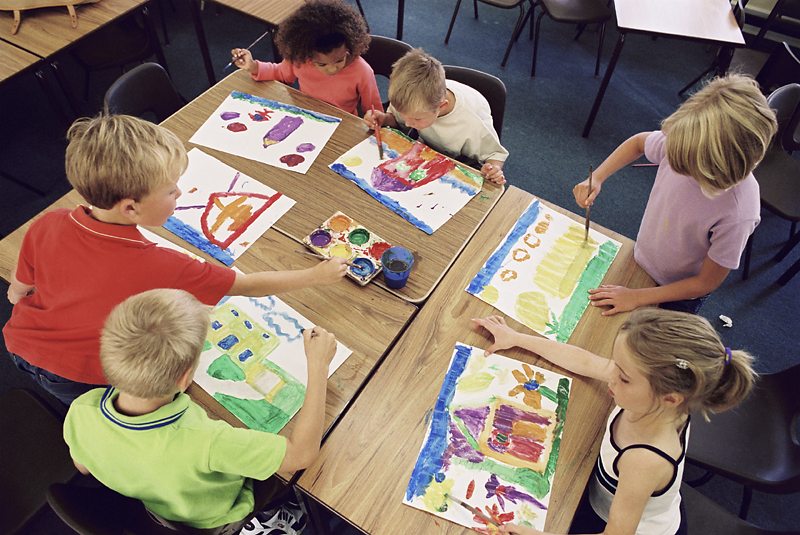
by Joe Paprocki
Did you know that the Bible begins with a craft activity?
The Creation stories in the Book of Genesis (chapters 1 and 2) explain to us how, out of the divine imagination, God crafted the heavens and the earth, the stars, the sun, the moon, the oceans, plants, and living creatures, culminating in the crafting of human beings.
Simply put, crafting is the art of creating an object with skill and careful attention to detail. Creation is nothing other than God’s craft-work. Made in the image and likeness of God, we human beings are driven to create. Crafting is a way of participating in the creative nature of God and in the Divine imagination.
Crafting has a long privileged place in catechesis. The making of crafts allows people of all ages to concretely and creatively express their understanding of the faith and their relationship with God and the Church. Art is a language that we use in catechesis to “bring the divine to the human world, to the level of the senses, then, from the spiritual insight gained from the senses and the stirring of the emotions, to raise the human world to God, to his inexpressible kingdom of mystery, beauty, and life.” (NDC 37B1).
Crafting also is an effective teaching method for those whose learning style is not primarily word-based. People who are more comfortable drawing than writing deserve opportunities to express themselves through art. Likewise, some people simply learn best when they are invited to do something.
Crafting allows those learners who are more visual, artistic, and physical to express themselves and to learn in a manner that more closely fits their learning style. Even for those whose learning style is more word-based, crafting offers an opportunity for a change of pace. Learning in general is more effective when a variety of methods are employed and when participants are actively engaged.
Finally, the Catholic faith is fundamentally sacramental-it is a faith that goes beyond words and recognizes God’s presence reflected in the things of our world. The Catholic imagination looks to the elements of creation as channels of God’s grace. Whether it be the “official” sacramental elements such as water, bread, wine, oil, and fire, or the countless other elements available to us such as rocks, seashells, acorns, pine cones, fabric, paper, flowers, wood, and yes, even pipe cleaners, the Catholic capacity for recognizing God in the physical world is unlimited.
And, of course, one more thing … crafting is fun!
Joe Paprocki is a catechist with more than 30 years in the ministry. He serves as Loyola Press’s National Consultant for Faith Formation, blogs at Catechist’s Journey, and wrote “Beyond the Catechist’s Toolbox,” “7 Keys to Spiritual Wellness,” among others.

